What Is Static Line Skydiving? Your Guide to Static Line Jumps
General
Posted by: Laura Morris
2 months ago
Thanks to the internet, most people have some awareness of what tandem and solo skydiving looks like. But there’s a certain, lesser-known type of skydive that our entire sport owes a great deal of gratitude to: the static line jump. Static line skydiving has its roots in early military jumps, and eventually found its way over to the founding of civilian sport skydiving.
But just what is a static line jump? And do people still make them? They certainly do! Static line jumps are a great alternative to other forms of skydiving training. Let’s learn more about this long-standing form of skydiving and compare it with the most accessible type that you can do with minimal training: tandem skydiving!
What is Static Line Skydiving?
Static line skydiving involves jumping out while attached to a line that stays in the aircraft (i.e. static). Parachute deployment happens as soon as the line is pulled taut – there’s essentially no freefall. The skydiver then flies and lands the canopy independently.
But let’s break it down a little further. The static line itself is a durable cord that is connected to an anchor on the airplane on one end and the jumper’s parachute on the other. When the jumper exits the plane, the line pulls the parachute out of the bag, automatically deploying it for the skydiver.
So, what is the purpose of a static line jump? By eliminating the freefall portion of the jump, static line skydiving allows the jumper to focus on proper exit technique and parachute flight. That’s why this type of skydiving is ideal for the military – get out of the plane and get down to business.
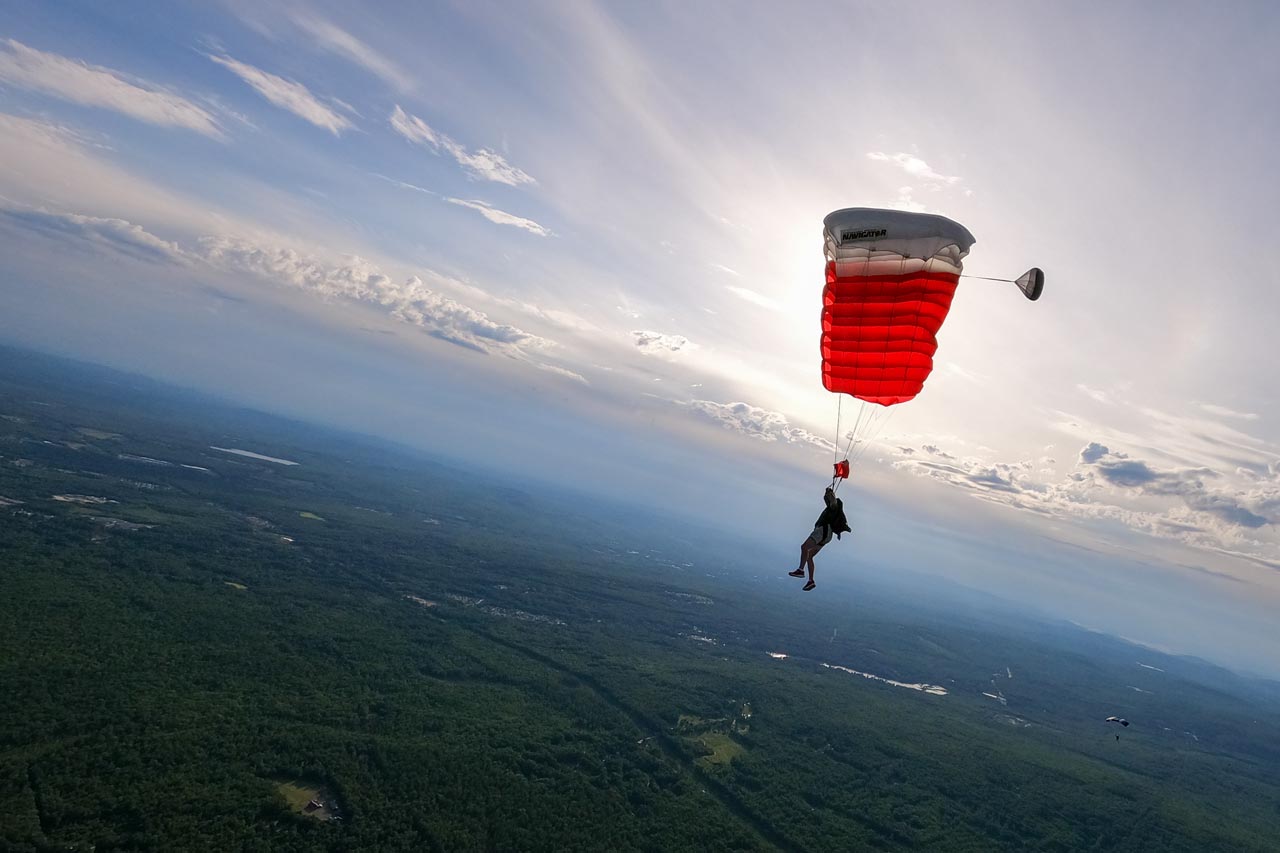
What is the Difference Between a Static Line Jump and a Tandem Jump?
Now that you know what a static line parachute jump is, let’s compare it to tandem skydiving. Both involve assistance, but the techniques and execution of each jump are very different.
| Skydiving Step | Static Line | Tandem |
| Altitude | As low as 400 feet | Usually between 10k and 15k feet |
| Deployment | Automatic deployment | Instructor (sometimes the student, aided by the instructor) deploys parachute at a predetermined altitude |
| Parachute Type | Ram-Air (rectangle) or round parachutes | Ram-Air (rectangle) parachutes capable of holding the weight of two people |
| The Jump | Solo exit, parachute flight, and landing | Instructor and student exit, fly under the parachute and land together |
| Pre-Jump Training | Focuses on exit position and parachute skills | Focuses on freefall position and two-person landing techniques; tandem instructor handles mechanics and logistics |
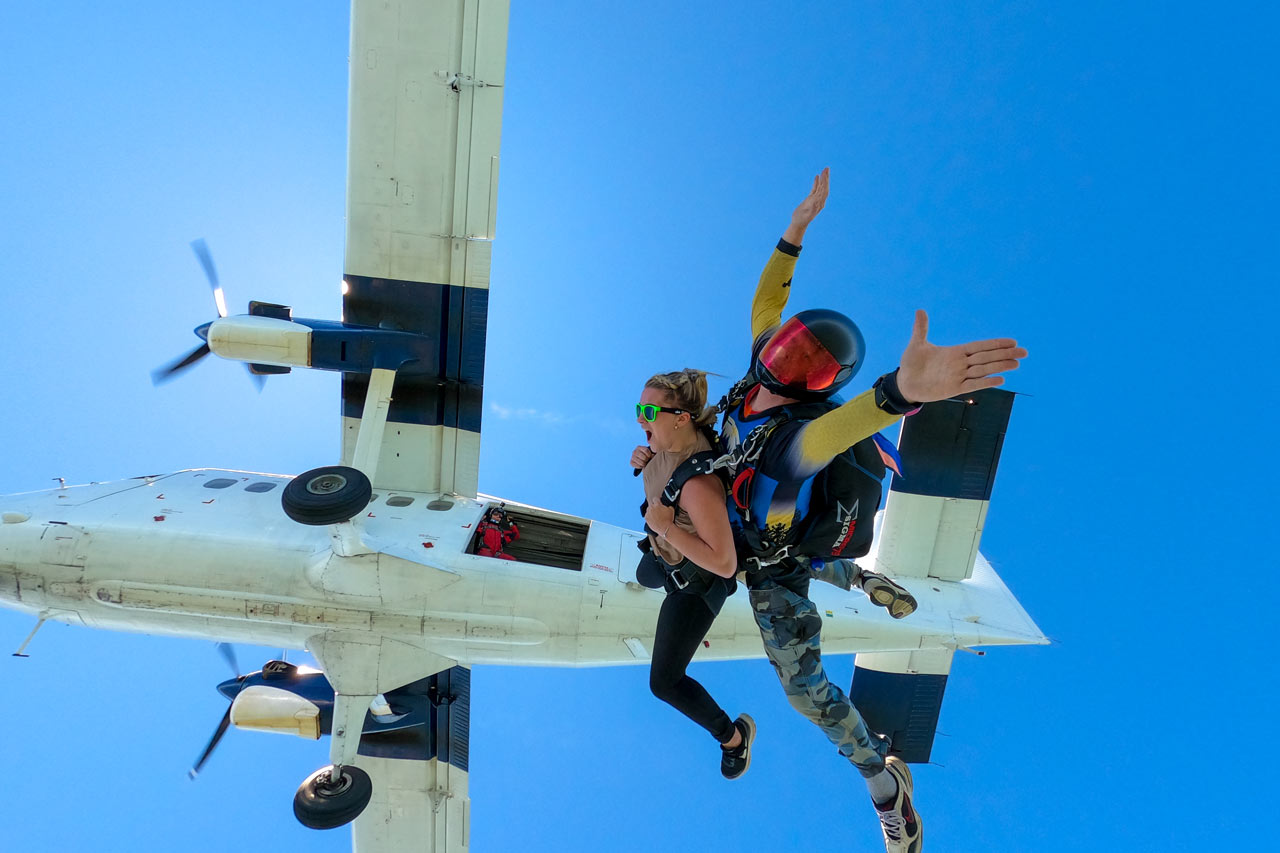
Despite their differences, both forms of skydiving are great springboards to introduce people to the sky. Each focuses on very specific skills required for learning how to skydive, and both easily dovetail into advanced training, like the Accelerated Freefall (AFF) program.
Tandem skydiving is most popular among newcomers to the sport because of how accessible it is and the fact that it gives a complete overview of every part of the skydive. Static line jumps are still used by the military and some sport jumping schools due to the way the discipline focuses on very specific, important skills and doesn’t require as many resources as tandem skydives.
Static Line Training and Safety
As with all forms of skydiving, static line training is centered around thorough education and minimizing risk. Highly qualified instructors who are specifically certified to conduct static line jumps teach prospective jumpers everything they need to know about exiting the aircraft, flying the parachute, and successfully landing on their own.
An instructor will also accompany the static line student on the aircraft to assist with a climb out and exit technique in the moment. They might even provide some extra encouragement in the door if the student is having a tough time letting go!
Like other forms of skydiving, static line jumps are regulated by the Federal Aviation Administration (FAA) and the United States Parachute Association (USPA). Every single jump that’s made, static line or otherwise, must follow strict rules set forth by both governing bodies to ensure that all necessary steps are being taken to reduce risk.
Everything, including instructor certification, learning materials, equipment manufacturing, and gear and airplane maintenance is subject to the rules laid out by these organizations. And trust us when we say they’ve had ample time to figure it all out – static line skydiving has been around since 1906!! No matter what form of skydiving you choose, jumping out of an airplane will change your life! But don’t take our word for it, come and make a tandem skydive with us and find out for yourself – book your jump today! Blue skies!
Categories:
You May Be Interested In:

The Skydiving Adrenaline Rush: A Thrill Like No Other!
4 weeks ago by Curtis White
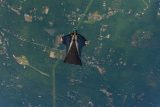
How to Get into Wingsuiting: Your Guide to Wingsuit Flying
3 months ago by Curtis White
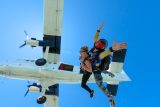
Skydiving Motion and Altitude Sickness: Tips to Stay Comfortable
4 months ago by Laura Morris

How Do Parachutes Work? Understanding the Mechanics & Parts of Parachutes
5 months ago by Curtis White
Enter to Win a Free Skydive
Join our email list and enter to win a free tandem skydive. Drawings in April and December; winner announced on social media.
You’ll get a $10 coupon toward a tandem just for signing up! Must be 18 and under 240 lbs to jump.
*By submitting this form, you are consenting to receive marketing emails from Skydive New England, 40 Skydive Lane, Lebanon, Maine 04027. You can revoke your consent by using the SafeUnsubscribe link located at the bottom of every email. Emails are serviced by Constant Contact.
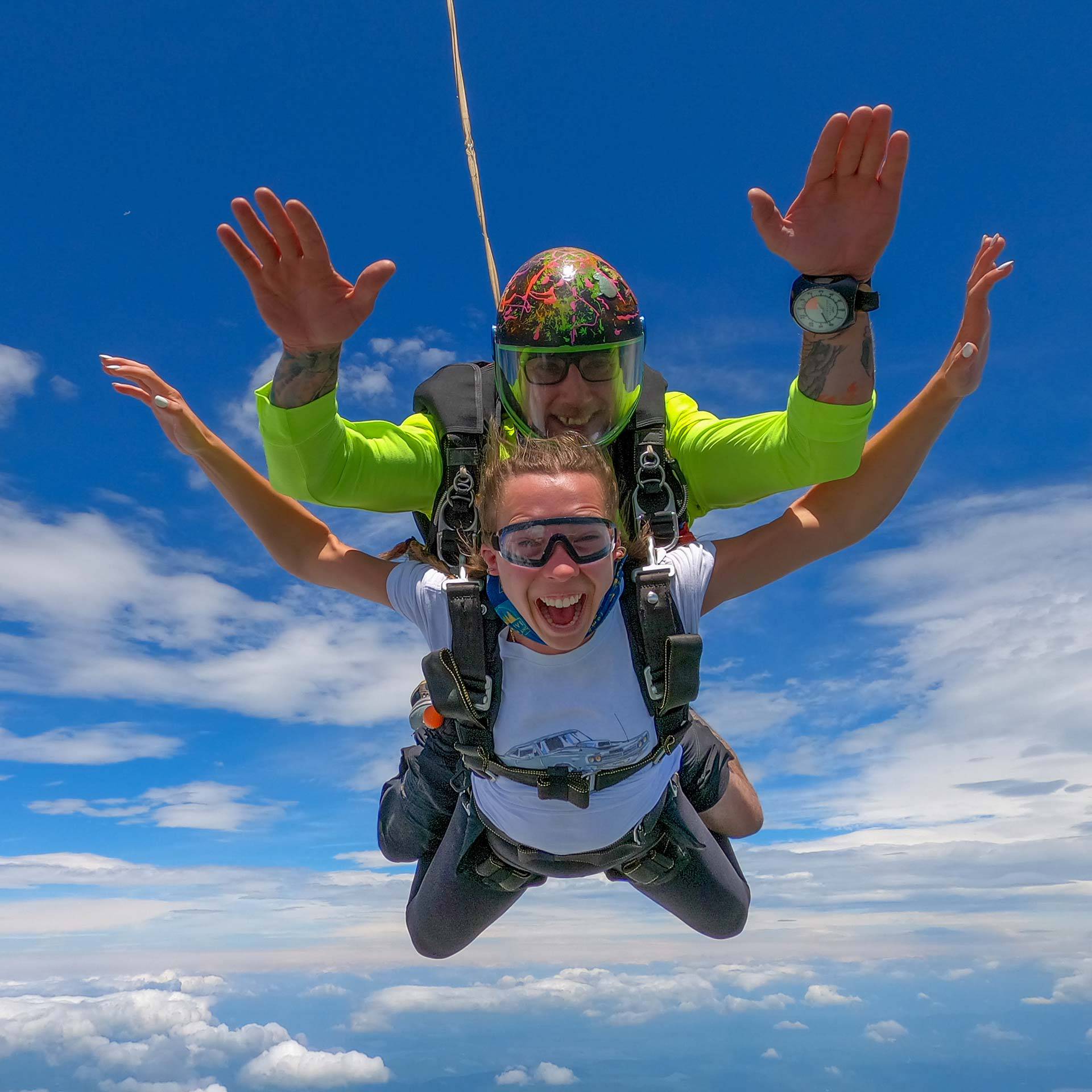
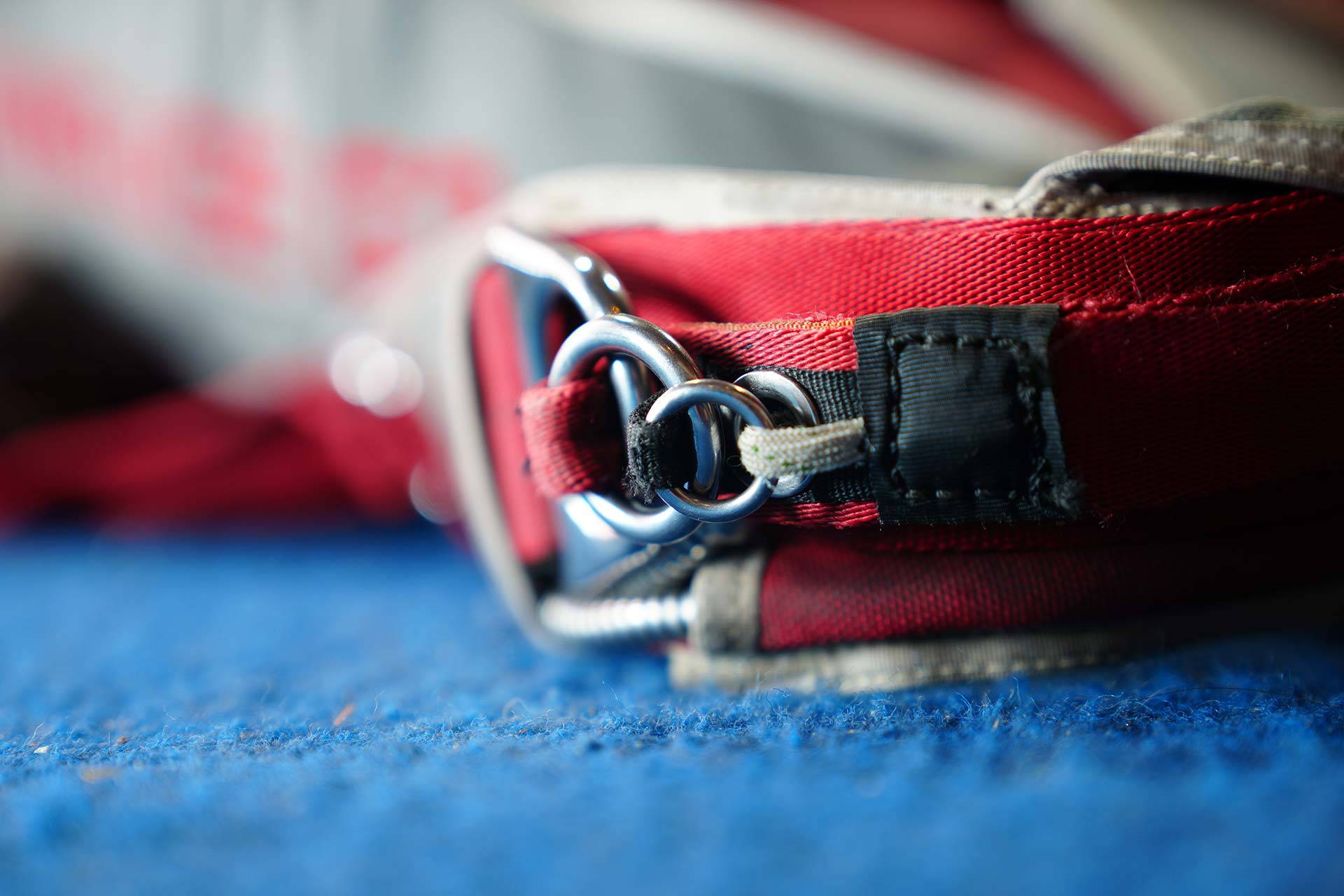
Even More Wicked-Fun Than It Looks!
Come see why the biggest DZ in New England is also the best.
